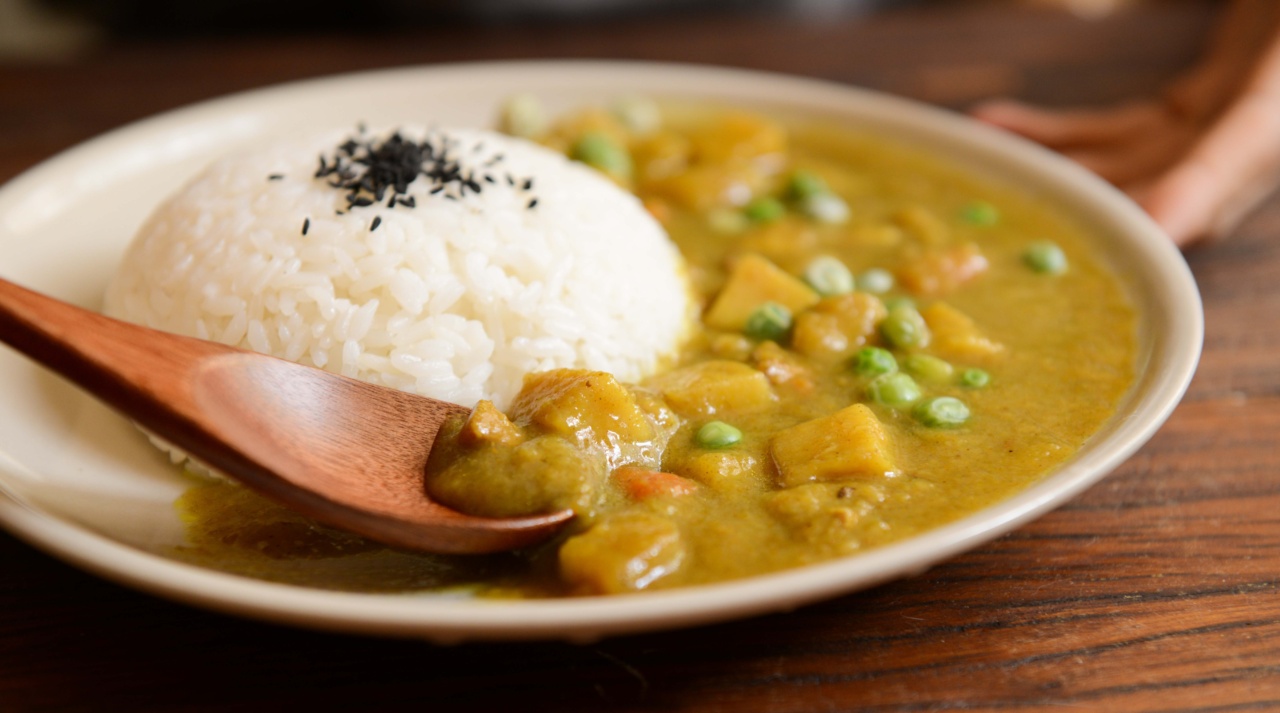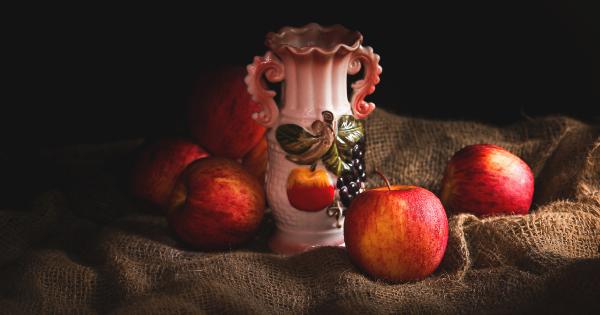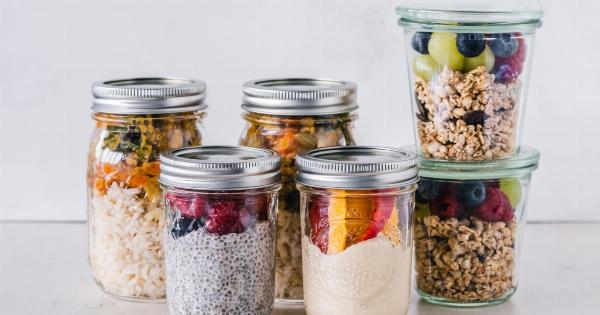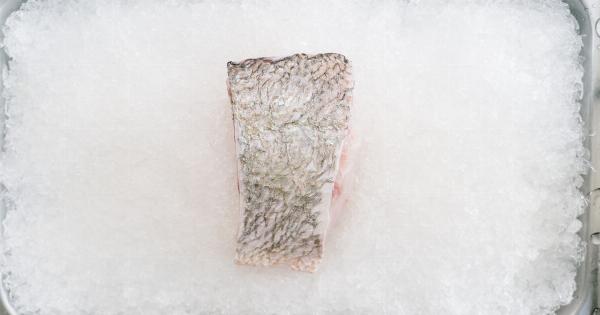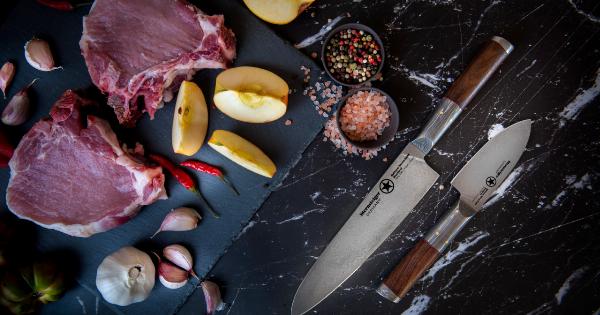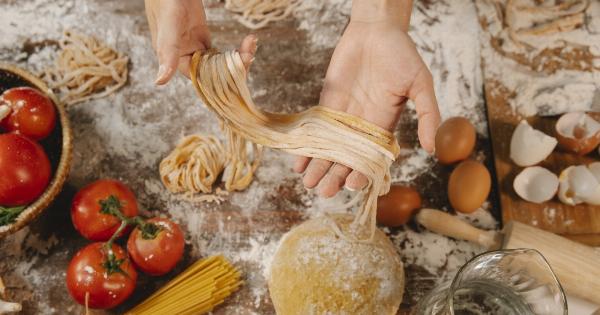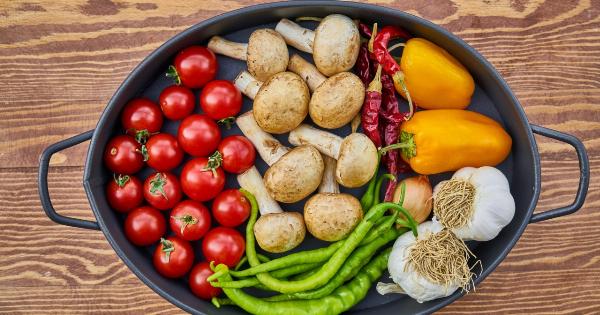Preserving food has been a practice that dates back centuries. Our ancestors developed various techniques to ensure a steady supply of food during times of scarcity.
While refrigeration and commercial food preservation methods are prevalent today, the art of preserving food can still be valuable in many situations. In this article, we will explore the techniques of preserving meat, rice, and vegetables to extend their shelf life, retain nutrients, and reduce waste.
1. Drying Food
Drying is one of the oldest and simplest methods of food preservation. It involves removing moisture from food, which inhibits the growth of bacteria, yeast, and mold that cause spoilage.
When drying meat, rice, or vegetables, thorough dehydration is essential to prevent any moisture remaining, as it can lead to spoilage.
2. Drying Meat:.
Drying meat is a practical way to preserve it. The meat is thinly sliced and placed on drying racks or hung to air dry. Salt may be applied as a curing agent and to enhance the flavor.
Proper drying conditions, such as low humidity and good air circulation, are crucial for successful meat preservation.
3. Drying Rice:.
Drying rice helps extend its shelf life and prevents the growth of molds and insects. After harvesting, the rice is cleaned and laid out in thin layers to dry. It can be sun-dried or mechanically dried using specialized equipment.
Once the moisture content is low enough, the rice can be stored in airtight containers.
4. Drying Vegetables:.
Most vegetables can be dried to preserve their nutrients and flavors. They can be dehydrated using a food dehydrator, an oven, or simply by air drying. Sliced vegetables are spread out in a single layer and dried until they are brittle.
Proper storage in airtight containers is important to maintain their quality.
5. Canning
Canning is a process of preserving food in airtight containers, such as jars or cans, by heating them to kill bacteria, yeast, and mold that cause spoilage. This method allows food to be stored at room temperature for long periods.
It is an excellent way to preserve meat, rice, and vegetables.
6. Canning Meat:.
Meat can be canned by following a specific procedure to ensure it remains safe for consumption. The meat is first cooked to kill any bacteria. It is then packed into sterilized jars and covered with broth or its own juices.
The jars are sealed and heated to create a vacuum seal that prevents any further bacterial contamination.
7. Canning Rice:.
Rice can also be canned to prolong its shelf life. It is important to use the proper canning process to prevent the growth of harmful bacteria. Cooked rice is packed into sterilized jars and covered with boiling water, leaving enough headspace.
The jars are then sealed and processed in a pressure canner to ensure safety.
8. Canning Vegetables:.
Canning vegetables allows you to enjoy their freshness even when they are out of season. Vegetables are blanched to stop enzyme activity that can cause spoilage.
They are then packed into sterilized jars, covered with boiling water or a brine solution, and processed in a pressure canner. This ensures safe preservation and maintains the texture and nutrients of the vegetables.
9. Fermenting
Fermenting is a preservation method that creates an environment conducive to the growth of beneficial bacteria, which convert sugars into acids or alcohol.
This process not only extends the shelf life of food but also enhances its flavors and increases its nutritional value.
10. Fermenting Meat:.
Fermented meats, such as dry-cured sausages and salami, have been enjoyed for centuries. The meat is blended with salt, spices, and curing agents to create the perfect conditions for fermentation.
It is then hung to dry in a controlled environment with proper temperature and humidity. The end result is a delicious and preserved meat product.
11. Fermenting Rice:.
Fermenting rice is commonly practiced in Asian countries. Rice is soaked, cooked, and mixed with a starter culture, such as koji or fermented rice water.
The mixture is left to ferment for a specific duration, resulting in a tangy and slightly acidic product called “fermented rice.” It can be consumed as a side dish or used in various recipes.
12. Fermenting Vegetables:.
Fermenting vegetables, such as sauerkraut or kimchi, is a popular preservation technique. The vegetables are shredded or cut into small pieces, mixed with salt, and packed tightly in a jar.
Lactic acid bacteria naturally present on the vegetables initiate the fermentation process. The jar is left at room temperature for a few days to weeks, allowing the flavors to develop and the vegetables to become tangy and probiotic-rich.
Freezing
Freezing is a widely used method of food preservation that helps maintain the texture, flavor, and nutritional value of meat, rice, and vegetables.
When freezing food, it is important to blanch vegetables and properly wrap and store all items to prevent freezer burn and maintain quality.
13. Freezing Meat:.
Meat can be frozen in its raw or cooked form. It should be wrapped tightly in plastic wrap or placed in airtight containers to prevent freezer burn. It is advisable to divide meat into smaller portions for convenience.
Frozen meat should be thawed properly before cooking.
14. Freezing Rice:.
Cooked rice can be frozen to reheat and serve on a later date. It should be cooled down quickly and stored in airtight containers or freezer bags.
It is essential to pack rice tightly to prevent the formation of ice crystals, which can affect its texture.
15. Freezing Vegetables:.
Vegetables can be blanched before freezing to stop enzyme activity and retain their color. After blanching, they should be cooled in ice water, drained, and dried before packaging. Freezer bags or airtight containers are preferred for long-term storage.
The art of preserving food holds tremendous value, enabling us to extend the shelf life of meat, rice, and vegetables, reduce waste, and maintain a diverse food supply throughout the year.
Whether one chooses drying, canning, fermenting, or freezing, each technique requires careful attention to detail and proper storage practices to ensure the safety and quality of preserved food items. Embrace these traditional preservation methods and enrich your culinary experience while being mindful of the environment and our ancestors’ wisdom.
